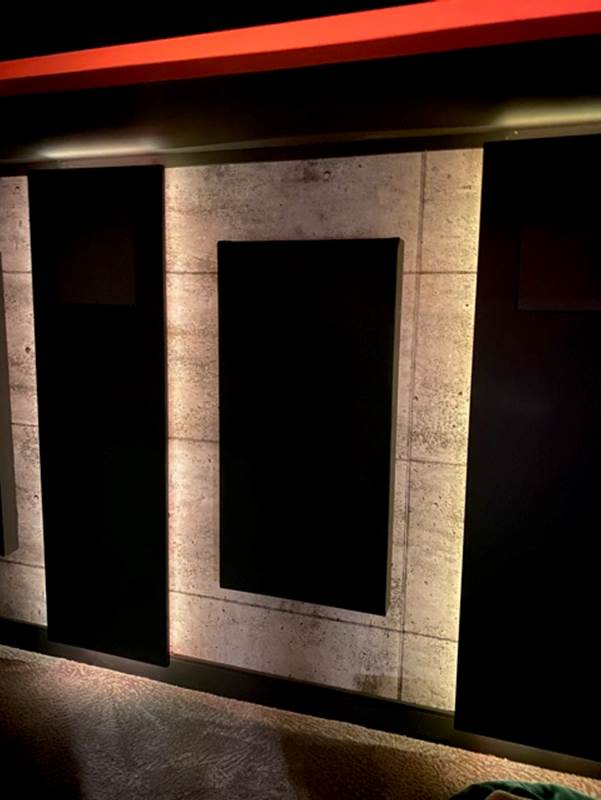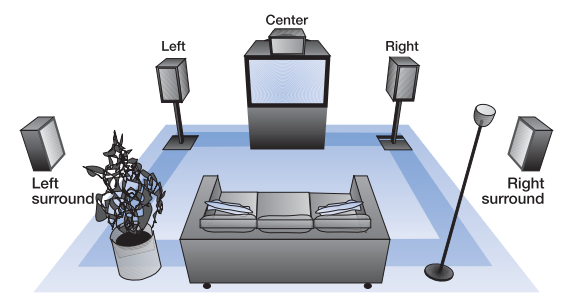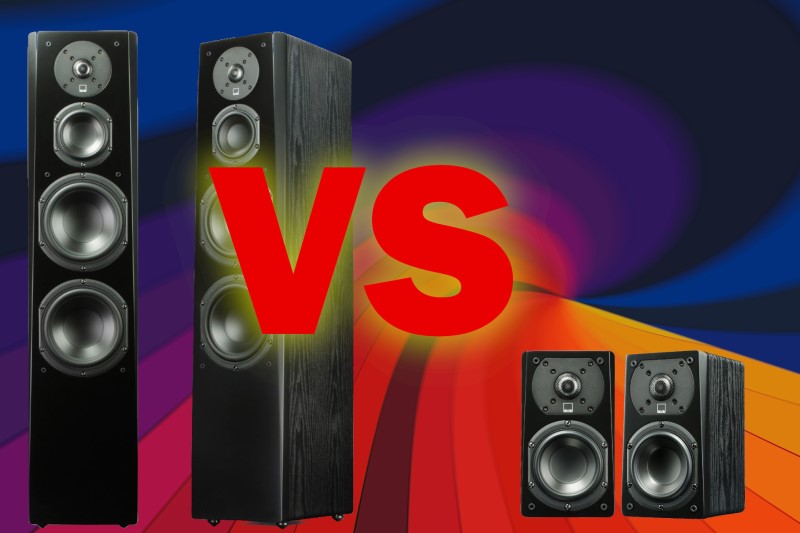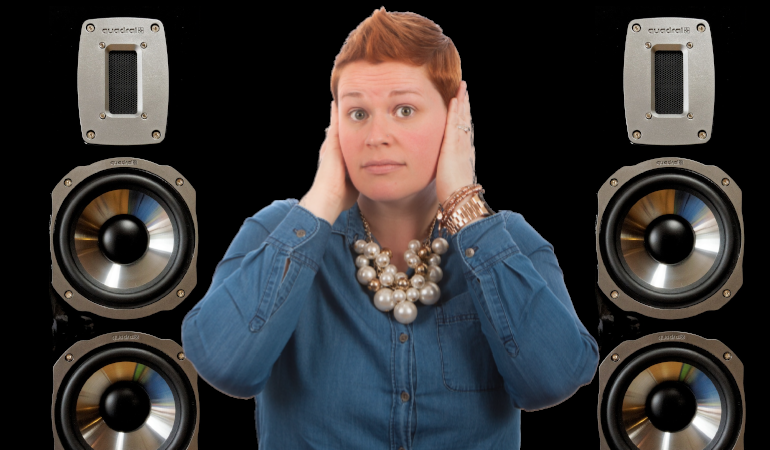Why Your New Speakers Don’t Sound Any Better
Let’s set the stage. You’ve done your research. Read every review, searched every forum. You’ve kept a file with your home theater wish list for a long time. When something new comes out, you compare. Sometimes you modify that list, but lately, you haven’t. You are as confident as you can be about your choices. But when your new speakers arrive, and you set them up, they really don’t sound any better. In some ways, they actually sound worse! Why? How? This doesn’t seem possible!
While we can’t know your exact reasons, we can tell you come of the most common explanations. If you identify with any of these, you can hopefully make some changes so that you can actually experience the better sound your new speakers should be providing.
Author’s Note: We are going to assume throughout most of this article that your new speakers are actually, measurably, and objectively better than your old ones. Maybe you are buying your first surround sound speakers, or maybe you are purchasing your forever speakers. Doesn’t matter. We are assuming that the speakers are actually better.
Room Acoustics
More than anything, room acoustics are to blame for why your speakers don’t sound as good as they should. Sound waves bounce off the walls of your room. These bounces change how you perceive the sound. If you can’t understand the dialogue, it is probably your room. If you can’t hear any bass (or hear too much bass), it is probably the room. How do you fix it?
Add room treatments.
We can’t stress enough the effect adding room treatments will have on the sound in your room. Bad room acoustics can make great speakers sound horrible. It can definitely obfuscate any improvements you may have expected from upgrading your speakers. If your room is highly reflective, look at adding room treatments. It will reveal all that you expected to hear.

Placement
Where you place your speakers can have a massive effect on how they sound. Are they in a cabinet? They probably shouldn’t be (but there are some things you can do to make them sound better). But, more than that, your new speakers are likely different from your old ones. That’s why you bought them, right? You can’t assume that you can just plop them down in the same spot, with the same toe-in, and that they’ll sound better than your old speakers. It may very well be that adjusting their placement can and will make a huge difference.
This is doubly true for subwoofers. When you upgrade a subwoofer, you are almost always getting better performance. That performance comes with lower frequencies being reproduced. Not only are you getting a louder subwoofer, but your room is experiencing frequencies that were not represented before. Suddenly, you may have things rattling that never did before. That’s just going to happen with a new, powerful subwoofer. We have fixes for rattles, but the placement of the subwoofer can also affect how you experience the bass. If you can’t buy a second subwoofer to help balance things out, you may need to experiment with placement to get things dialed in.

The Speakers Aren’t Appropriate for Your Space
This happens more than you think. We see it all the time online. Large speakers in small rooms and small speakers in massive rooms. We’ve even seen home theater speakers used on a desk inches from the seated person. All speakers were designed with expectations of use. If you use them in a different way, they may not perform as well as you’d expect.
People love to buy tower speakers because they like the way they look. Hey, we get it. We like the looks of tower speakers as well. But that doesn’t mean they are right for your room. Tower speakers are designed to be used in larger spaces. They are more efficient, they have more bass, and they can get louder. You may think that they would work just as well in a smaller room, but that isn’t always the case. Tower speakers are designed with a certain amount of distance between you and the speaker. If your seating distance is too close, those tower speakers may have a hard time resolving the front soundstage with the other speakers.

This can create the effect that there is no center image (something that is more of a problem with stereo imaging but can also affect how the tower speakers blend with the center speaker). These tower speakers may be better than your old speakers, but they may not sound as good as their bookshelf cousins in your room. If you can’t return them and get smaller speakers, you’ll need to put some distance between you and these speakers. Also, adjusting toe-in can make a huge difference. Of course, move your system to a larger room, if that is an option.
This can go in the other direction as well. Speakers that are too small may not have the output to reach reference level at your seating position. Also, they may not have enough bass to adequately cross over into your subwoofers. In this case, you could try to add an external amplifier to get more volume out of them, but you should probably consider larger speakers.
The Internet Lies
Internet groups and forums often have biases toward and against specific speakers. One person in the group buys a (usually relatively unknown) speaker brand and loves it. Then another. Suddenly, everyone is posting about these things as if they were handed down from the heavens. These speakers often do sound pretty okay, but not as good as you might expect.

We can’t blame anyone for getting caught up in the hype. It’s practically human nature. Too often, we’ve seen the cycle. Some speaker or product gets a couple of good reviews. Someone (or a couple of someones) starts posting about how great they are pretty much everywhere online. A couple more people try them out (usually because the price is “too good to be true”) and corroborate. Next thing you know, everyone seems to have them. Most people agree that they are the best. Those that don’t, get shouted down (and sometimes banned).
The hype will last for a while before it flames out. In a couple of months (or years), you’ll see this “too good to be true” product on every secondhand resale site.
The truth is that these are usually pretty good speakers for the money. But they aren’t the transformative products that people said they were. If you ended up with a speaker like this, you need to treat them like stocks. If you can sell them for a profit while the hype train is chugging along, do it. Otherwise, cut your losses, get what you can for them, and start shopping.
Wrap Up
The TL;DR version – placement and room acoustics are affecting how you experience the sound from your new speakers. The good news is that you can fix both of these problems. It may take a little more time, effort, and money, but it can be done.
Have you had disappointing experiences with new speakers? What ended up being the issue? Let us know in the comments below!


